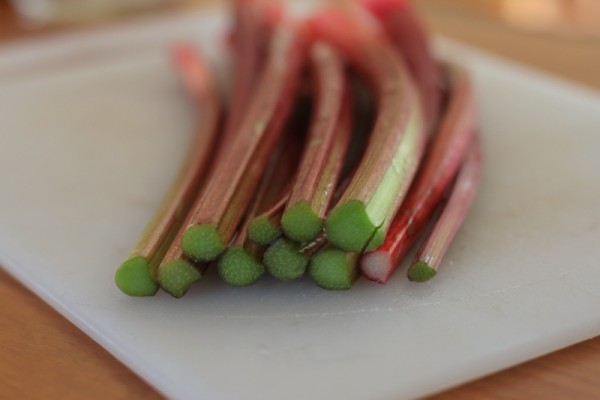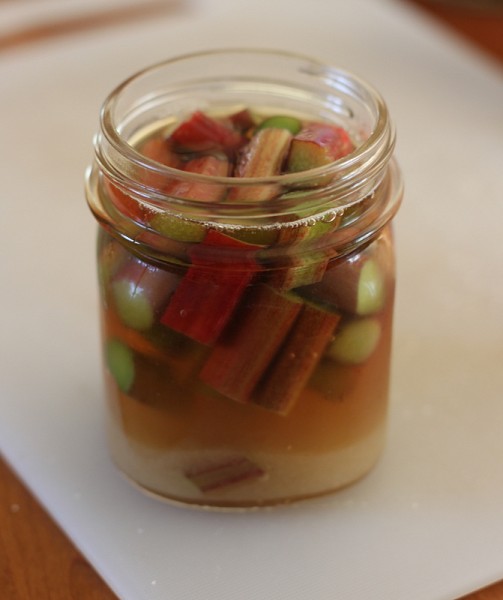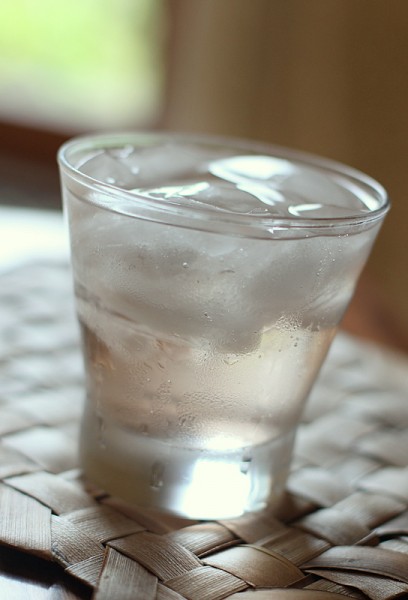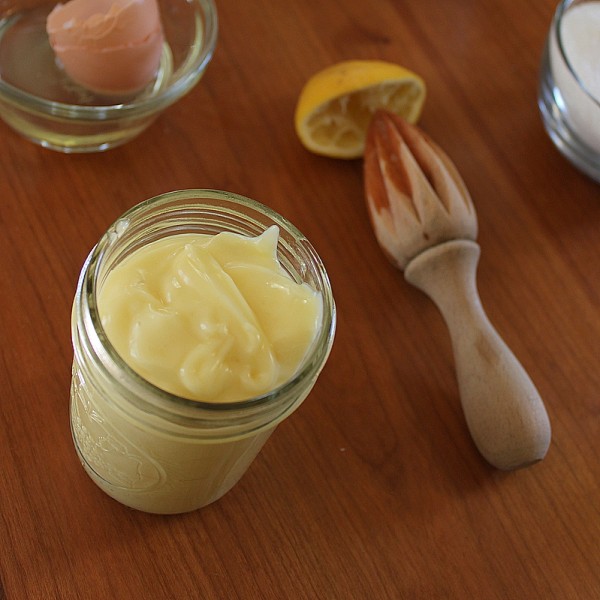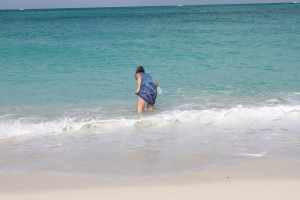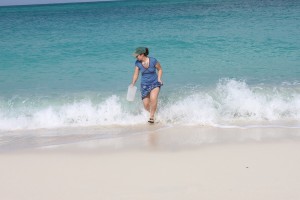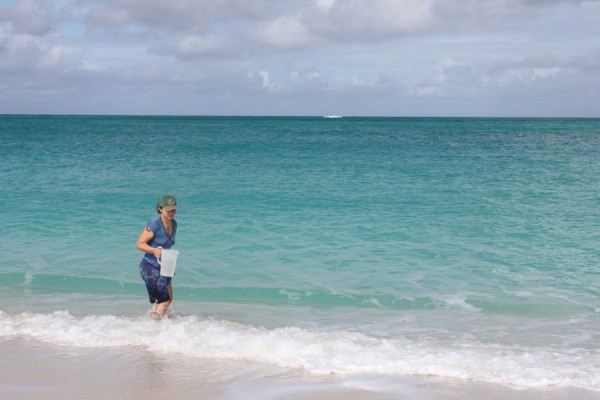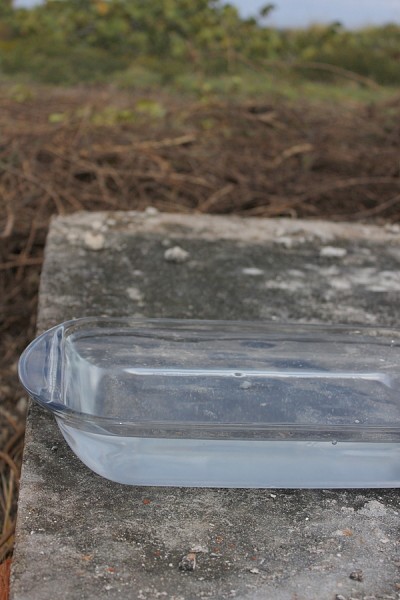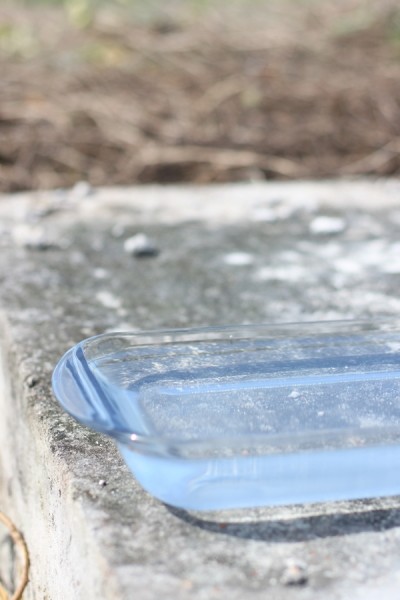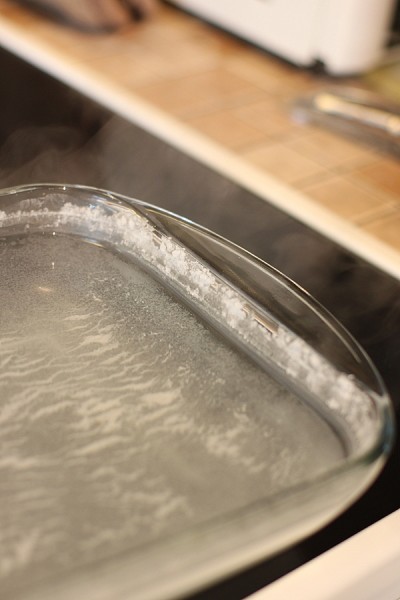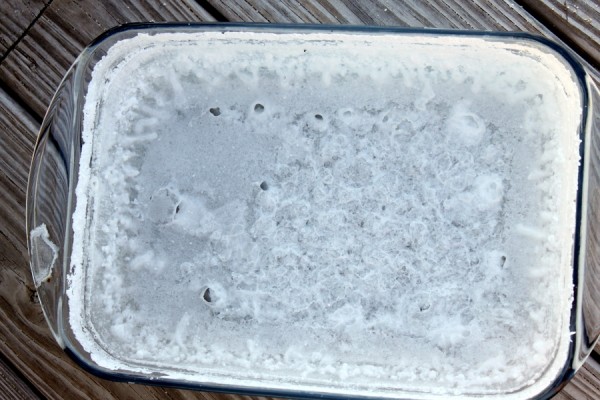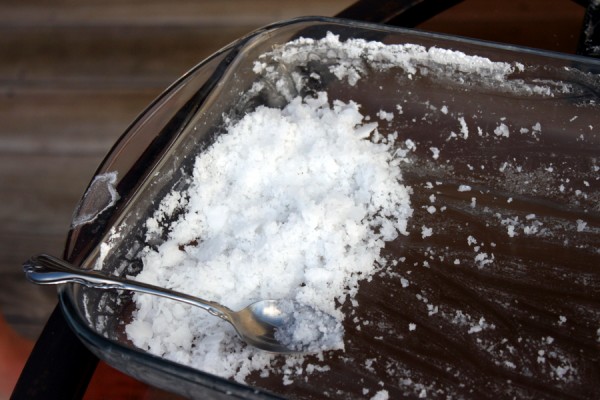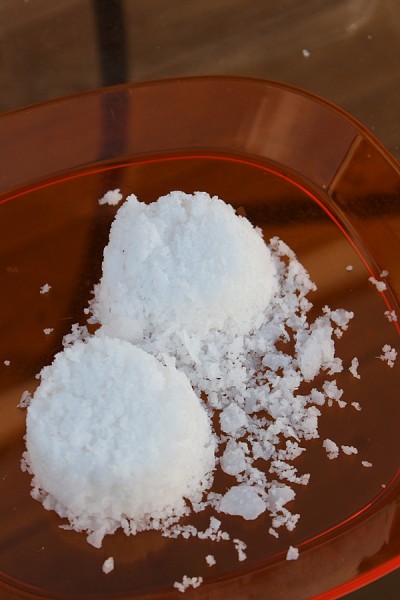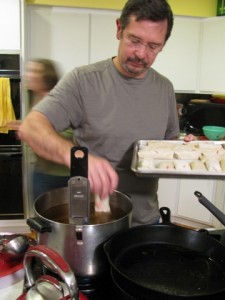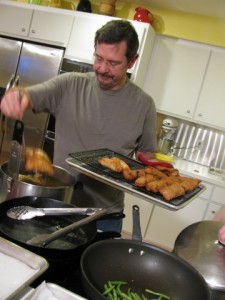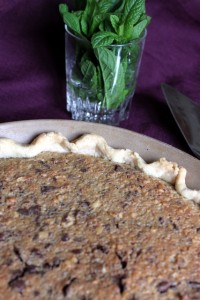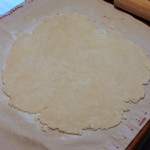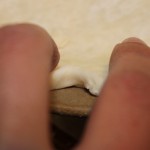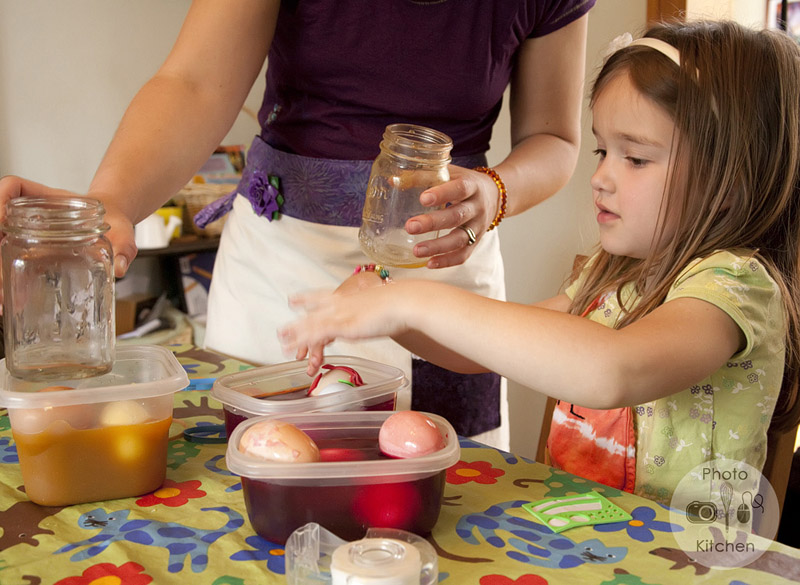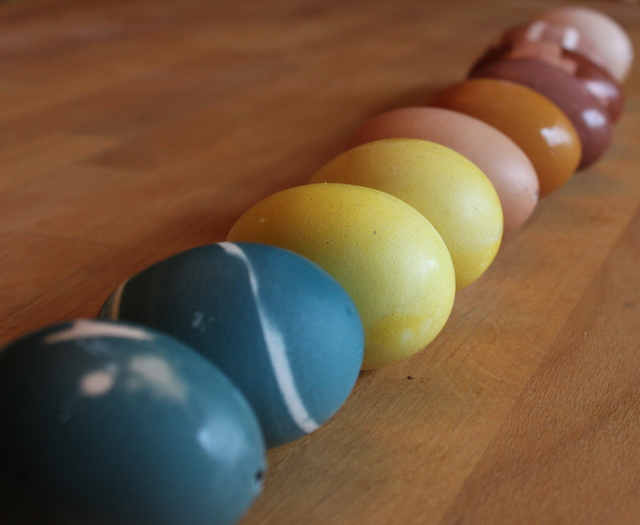 Shrubs, also called drinking vinegars, are the new 'thing' in the drink and DIY field. Shrubs are a way of preserving fruit by making them into a syrup with vinegar that was widely practiced by Colonial Americans.
The LA Times wrote this week about using shrubs in cocktails. Studies show that raw vinegar may contribute to weight loss, lowered cholesterol and improved digestion. I discovered last year that apple cider vinegar is a cinch to make at home with a little loving neglect.
Shrubs, also called drinking vinegars, are the new 'thing' in the drink and DIY field. Shrubs are a way of preserving fruit by making them into a syrup with vinegar that was widely practiced by Colonial Americans.
The LA Times wrote this week about using shrubs in cocktails. Studies show that raw vinegar may contribute to weight loss, lowered cholesterol and improved digestion. I discovered last year that apple cider vinegar is a cinch to make at home with a little loving neglect.
Where does this all lead? To my newest obsession: rhubarb shrub.
Before you say "I could never just drink vinegar!", as my sisters recently did, hear me out. The flavor components of a shrub are acid from the vinegar, sweetness from sugar, and flavor from the fruit. What else relies on acid, sweetness, and fruit to quench thirst? Lemonade, the summer picnic staple. Commercial sodas are also sweet, acidic syrups diluted with fizzy water.
How To Make Shrubs At Home
Because I believe in preserving the potential benefits of the raw cider, I make shrub the 'cold' way. Most recipes call for a 1:1:1 ratio of fruit, sugar, and vinegar but I prefer less sugar. Since vinegar provides the preservative effect, there's no reason not to experiment with small batches and find your own perfect ratio.
My ideal rhubarb shrub is 1/2 cup chopped rhubarb with 1/3 cup white sugar soaked in 1/2 cup homemade apple cider vinegar. I leave it at room temperature for 2 days and then move it to the fridge. After the taste is full of rhubarb tartness in a few weeks, I strain out the fruit. Serious Eats outlines several other ways to make fruit shrub.
I drink my rhubarb shrub over ice with fizzy water from the Soda Stream. Surprisingly enough for a girl who likes to drink like myself, I have not delved into the world of mixing alcohol with shrubs but you know I will soon.
Are you a fan of drinking vinegars? Have you made a shrub? Tell all in the comments!
Rhubarb Shrub Time: 15 minutes active, 7-14 days aging Makes approximately 1 cup
1/2 cup fresh rhubarb, washed and chopped into one inch pieces 1/3 cup granulated white sugar 1/2 cup raw apple cider vinegar
1. Mix all ingredients in a clean glass jar. 2. Allow to sit at room temperature for 2 days. 3. Move the the fridge and allow to age for an additional 7-14 days until the shrub achieves the taste you want. 4. Strain out and discard the fruit. Keep the shrub in the fridge and enjoy diluted with water, club soda, or in a mixed drink.

